Protecting cameras from moisture is as vital as knowing how to operate them.
Read on to discover how to make cameras waterproof, and learn one of the most innovative ways to weatherproof a home security camera.
4 Ways to Protect Your Cameras from Water
Waterproofing your camera isn’t as complicated as it sounds. Homeowners have several options to protect devices against the elements. Here, we’ll explore four ways.
1. Pick a water resistant camera
If you don’t have a camera yet, choose a device with an IP rating of at least IP65.
An Ingress protection (IP) rating indicates how protected something is against dust or solid particles (the first digit) and moisture or water (the second digit).
AlfredCam Plus, for example, is an IP65-rated camera, meaning it is dust proof (the number 6) and tested against direct high-pressure water jets (the number 5).

While it can’t be submerged in water, an IP65 rated product functions just fine in rain.
2. Ensure proper installation
Location is important when it comes to keeping a security camera water free.
An easy way to protect an outdoor home security camera from excessive water is to install it under the eaves of the roof, or beneath any kind of overhang from the house. The shade it provides is also useful in protecting the lens from extreme light.
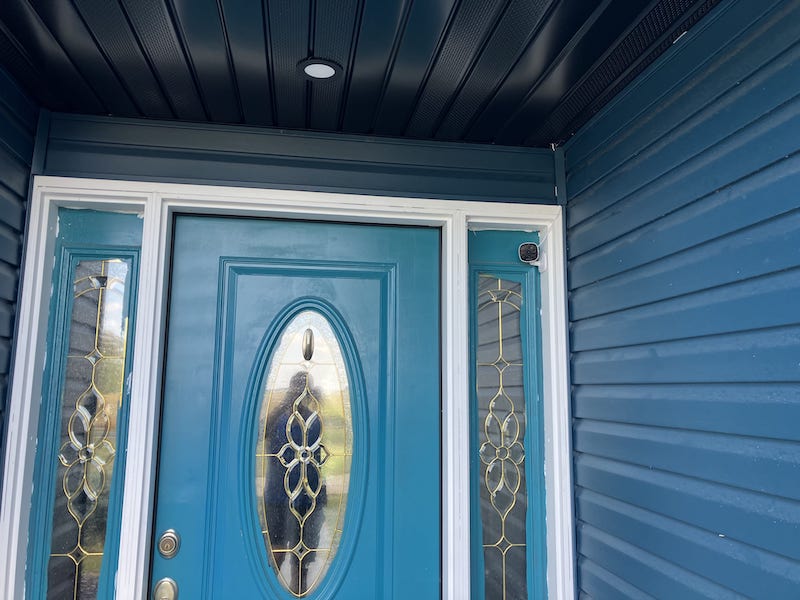
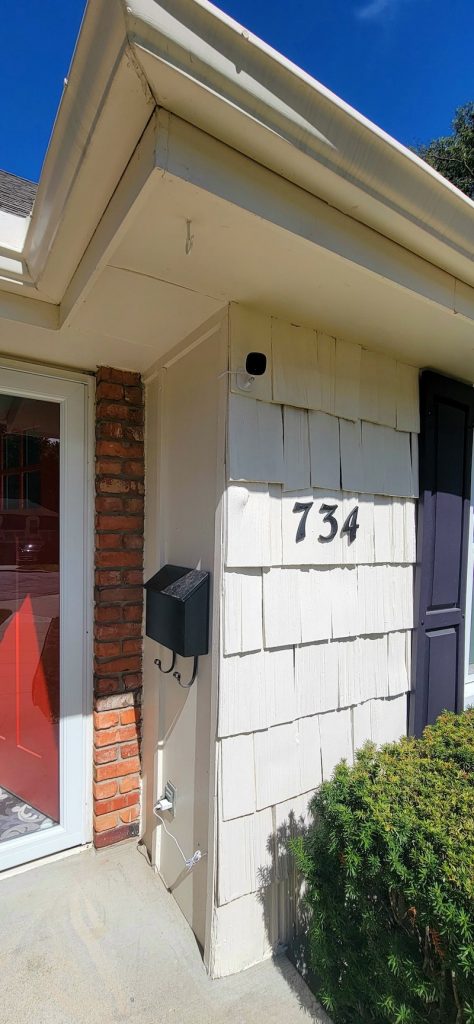
3. Use rain- and snow-proof camera covers
If there’s no suitable overhang to make use of, a protective cover is a handy way to get the same effect.
Some camera manufacturers offer accessories for their products, including camera covers. You might want to check if the manufacturer could recommend suitable weather protection.

Rain-protective camera covers come in different types, including hoods and shields. Camera rain hoods are like raincoats you put on the device to protect it from the rain, whereas shields are a hard material drilled to the wall.
4. Make a DIY waterproof camera cover
Commercially-available camera covers are a great choice if you are rushing to protect your device from the elements and don’t mind the price.
But it’s also possible to flex your creative muscles and DIY camera cover. Head to the section below to find out how.
How to protect camera from rain with plastic bag
Though it won’t waterproof your camera, plastic bags can keep the rain off and ensure the body of the camera is kept dry.
· Acquire a small plastic bag.
· Mount the camera.
· Put the bag over the camera and tape it in place so it doesn’t move. Rubber bands are also useful for holding it in place.
· Pierce a small hole where the camera lens is and gradually tear it wider for the lens to squeeze through.
A Step-by-Step Guide to Make a Birdhouse Security Camera Cover
Buying a security camera cover right off the shelf is easy enough, but where’s the fun in that?
Here’s an easy guide to building your own DIY birdhouse for security cameras that allows your devices to blend in seamlessly with the natural landscape.
What you’ll need:
- Security Camera
- Wood (non waterproof)
- PVC, plastic or acrylic (waterproof)
- Tape measure
- Pen
- Circular saw
- Clamps & weights
- Wood glue
- Nail
- Spar urethane
- Paint
1. Gather your materials
Making your DIY birdcage out of wood is easiest, and looks most natural in the yard.
But wood won’t necessarily be totally waterproof.PVC, plastic, and acrylic make excellent tools if you want complete water resistance, or they can be incorporated as needed.
Use a 2×2 wood for the birdhouse post. Alternatively, cut a tree branch and use it to prop the DIY birdhouse for a more natural look.
2. Determine the security camera’s dimensions
Check the security camera’s user guide or online details to make a note of the camera’s dimensions.
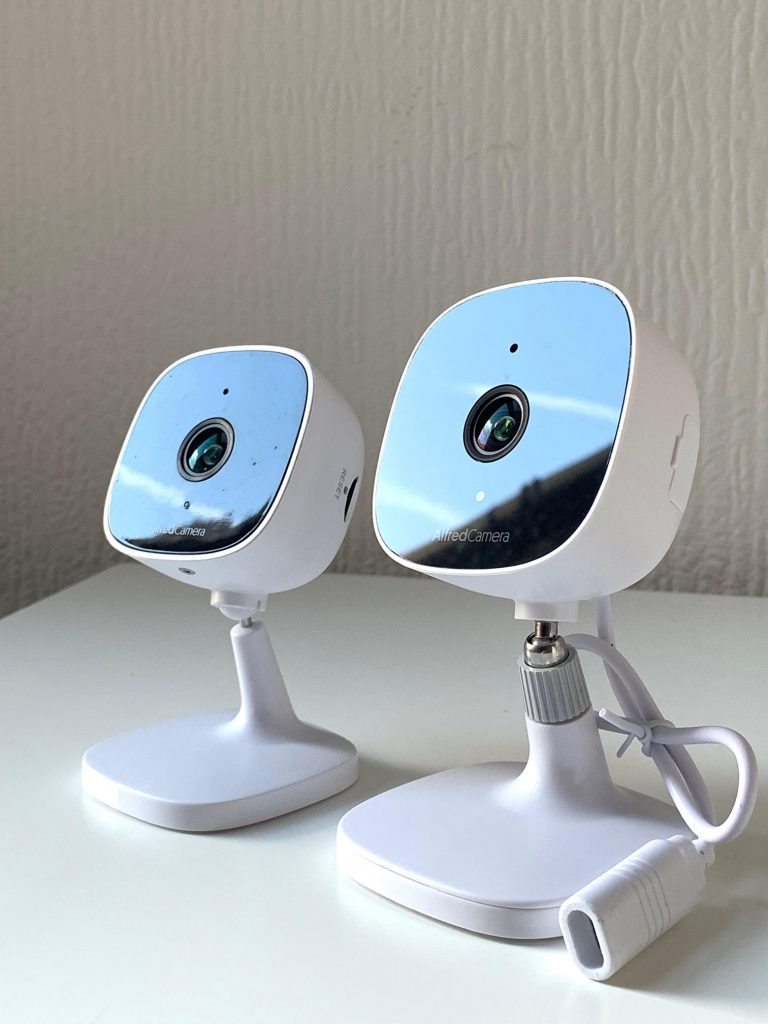
Include the camera’s width, height, and depth. Check the camera’s lens and sensors to ensure a clear line of sight.
3. Prepare the birdhouse
Draft a paper cutout using the security camera’s dimensions to make it more straightforward when cutting the wood.
Use the draft to cut the poplar board into the correct sizes for the birdhouse’s walls and roof. Always cut the wood edges at a 45-degree angle to ensure stability and security.
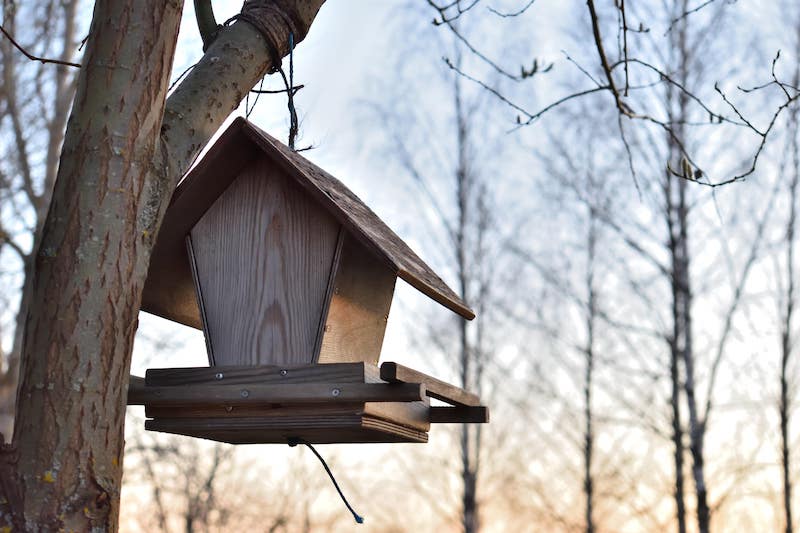
Make sure the roof extends two to three inches from the front of the birdhouse so as to adequately cover the camera lens.
4. Build the birdhouse
Apply wood glue on the sides of the birdhouse walls, gluing one side of the birdhouse’s right wall to the back wall’s miter section. Do the same for the others.
Clamp these components to help the glue create a permanent bond. Drive a few nails into the wood to assist in securing the pieces. Give your creation ample time to dry and stabilize.

Once the walls are assembled and dry, apply spar urethane on the birdhouse to protect it against water and UV damage. It doubles as a self-leveling and heavy-duty sealer, ensuring the birdhouse can last many years.
5. Secure the birdhouse post (and paint it)
Determine the location of the birdhouse, and dig a hole deep and wide enough to accommodate the post. Place the birdhouse post into the opening and fill it with soil. Alternatively, it’s possible to fill it with a concrete mix for better stability.

Paint the post to blend in. You don’t necessarily want it to stand out unless using the security camera as a deterrent.
6. Install the security camera
Get the security camera’s mounting plate and secure it to the inside of the birdhouse.
With the camera inside the birdhouse, open the app on your smartphone. Check that the viewing angle meets expectations. If necessary, adjust the device’s orientation and tilt to get an optimal view of the area.
If you’re unsure about how to set your camera up, check out our article on installing outdoor cameras.
7. Cover the security camera with the roof
Slide the roof of the birdhouse over the security camera. Check the security camera for functionality again, ensuring the birdhouse roof doesn’t obscure the view. Trim the awning if it blocks the video’s upper section.
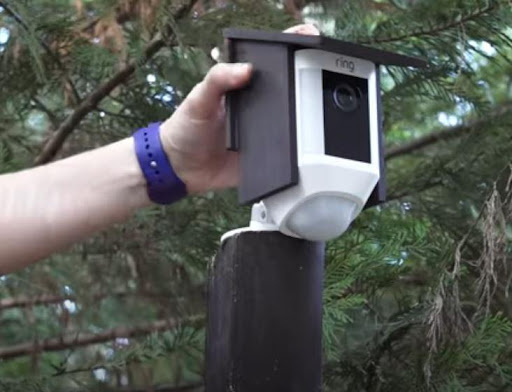
Conclusion
Making a waterproof camera cover only requires imagination, creativity, and a little elbow grease, though there’s plenty of great cover options available online if DIY doesn’t float your boat.
Waterproof camera covers are useful in ensuring optimal security camera footage, shielding the device from rain and excessive direct sunlight.
Recommended reading:
How to Stop Your Doorbell Cameras from Freezing? 5 Tricks to Manage Fog and Frost
Does Cold Weather Affect Security Cameras? (and How to Do About It)
